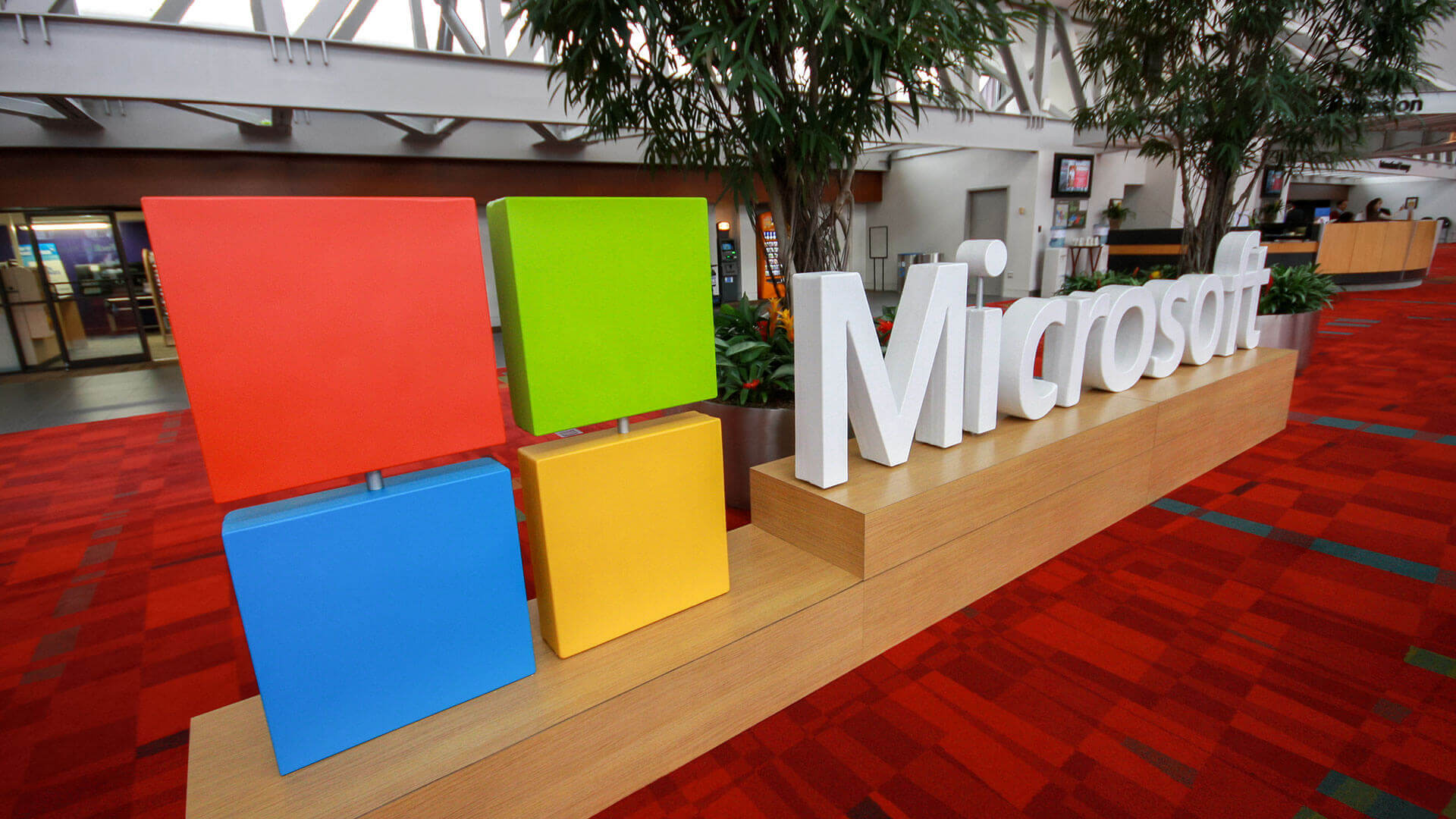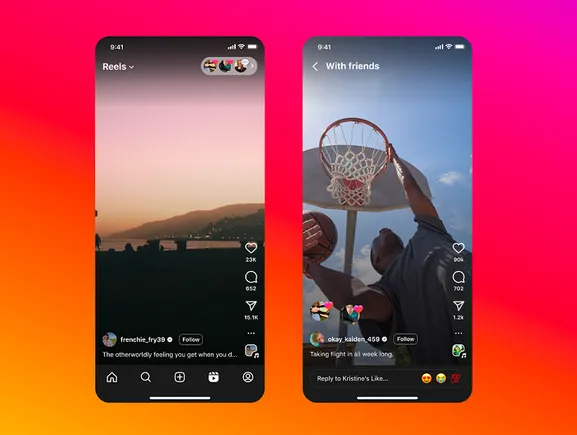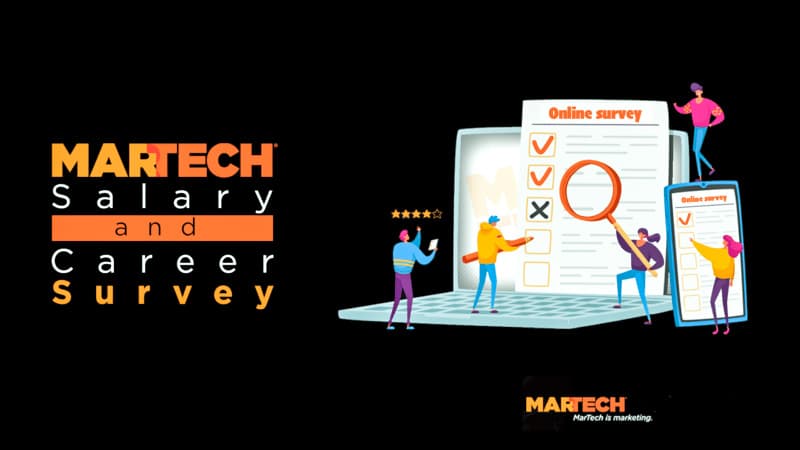As a shift to hybrid and remote work models is becoming the new normal, there is a growing emphasis on the need to redefine traditional mentorship strategies to guide and support the next generation of young leaders. With employees spending less time face-to-face and more time interfacing virtually, there is growing concern about junior employees potentially lacking the more traditional opportunities to be mentored by their senior colleagues, particularly the day-to-day, hands-on mentorship inherent to an in-person workplace environment.
To meet the needs of an evolving workforce, HR leaders must adapt their strategy in being mindful of how mentorship is evolved to meet the needs of tomorrow’s leaders. As Einstein said, “You cannot use an old map to explore a new world.”
Whether conducted in-person or conveyed in a remote format, mentorship continues to offer a myriad of benefits, namely the potential to unlock numerous business outcomes, including productivity, engagement and retention. At all levels, successful mentoring relationships also strengthen interpersonal connectivity and bonds within an organization, which continue to serve as key tenants for workplace engagement and professional growth.
With many areas of professional growth and support not easily translated in a remote/hybrid modality, there is an emerging emphasis around the long-term impacts of how future leaders are being shaped. Specifically, the development of soft skills often requires informal, on-the-job mentorship and leadership engagement. But with the younger workforce largely determined to adopt a hybrid or remote-only work model, which can come at the cost of collaboration, team building and other interpersonal opportunities that are inherent to an in-office environment, HR leaders are rapidly seeking to redefine a new model that supports the remote and hybrid work generation, particularly in sensitivity to their status as the future of workplace leadership.
As we look ahead, tailoring the approach of implementing mentorship programs based on an organization’s work model will continue to prove essential. When associates feel near but far, as can be the case with a remote or hybrid workforce, the following are a few best practices I have found to serve as universally effective and well-received for those who have adopted a hybrid or remote work environment. These also continue to hold true for in-person mentorship, as they are designed to ensure both mentor and mentee success.
Intentionally selecting and matching mentors and mentees
Mentorship extends beyond traditional hierarchy—it is important to carefully pair mentors and mentees together, and ever more so when their dynamic largely exists in a virtual format. A good match should consider both individuals’ skills, goals and personalities for a successful mentoring relationship. When a mentor and mentee have mutual respect and compatibility, it creates a cohesive ecosystem for knowledge to flow. It also cultivates a space for collaboration and curiosity, which are often important values to ensuring growth and maximizing potential, while also building a safe framework of trust that transcends the dynamic of the workplace— hybrid, remote or in-person.
Provide proper training for mentors
Being a mentor can be a fulfilling aspect of professional growth for senior employees, but becoming a mentor should not be seen as merely a hand-out to long-serving workers. Instead, potential mentors will benefit from being trained in understanding their roles, responsibilities, and how to effectively communicate and guide their mentees. This practice of thoughtful training and communication proves even more critical when associates are not interfacing in person, as there are many nuanced, non-verbal forms of communication that aren’t as seamlessly understood when delivered on-camera or via email that would otherwise be apparent if conveyed in person. It requires extra communicative effort on the part of the mentor to make up for what is at times lost in virtual delivery, but it pays off as a mechanism for providing not only effective and clear communication, but also delivering messages in a way that are mindful and intentional.
Mentorship is a one-to-many network
Mentees rarely rely on a single mentor, but rather a network of many different voices. It’s important for mentees to learn from a diverse group of mentors, formal and informal, which will help the mentee create their own unique path. We need to ensure that the mentor relationships constantly evolve and broaden to ensure a mentee’s career growth is influenced by more than one person.
Overall, it is a two-way street
When two individuals enter a mentoring relationship, both the mentor and mentee are embarking on a journey of mutual learning. Of course, mentoring allows newcomers to absorb valuable institutional knowledge and experience, but it also provides an opportunity for seasoned employees to gain fresh perspectives from younger or less experienced individuals. It is important to remember this experience is not only about career advancement, but also personal and professional growth for both individuals. With this principle in mind, while there is seemingly much ownness on the part of the mentor to navigate the mentor-mentee relationship—especially in a remote / hybrid framework—so too is there a need for accountability on the part of the mentee to do their part in stewarding the relationship and maintaining connection.
The post How To Mentor In Today’s Remote And Hybrid Workplace appeared first on ChiefExecutive.net.


























































![Social Media Spring Cleaning [Infographic] Social Media Spring Cleaning [Infographic]](https://imgproxy.divecdn.com/9e7sW3TubFHM00yvXe5zvvbhAVriJiGqS8xmVFLPC6s/g:ce/rs:fit:770:435/Z3M6Ly9kaXZlc2l0ZS1zdG9yYWdlL2RpdmVpbWFnZS9zb2NpYWxfc3ByaW5nX2NsZWFuaW5nMi5wbmc=.webp)
![5 Ways to Improve Your LinkedIn Marketing Efforts in 2025 [Infographic] 5 Ways to Improve Your LinkedIn Marketing Efforts in 2025 [Infographic]](https://imgproxy.divecdn.com/Hv-m77iIkXSAtB3IEwA3XAuouMwkZApIeDGDnLy5Yhs/g:ce/rs:fit:770:435/Z3M6Ly9kaXZlc2l0ZS1zdG9yYWdlL2RpdmVpbWFnZS9saW5rZWRpbl9zdHJhdGVneV9pbmZvMi5wbmc=.webp)












